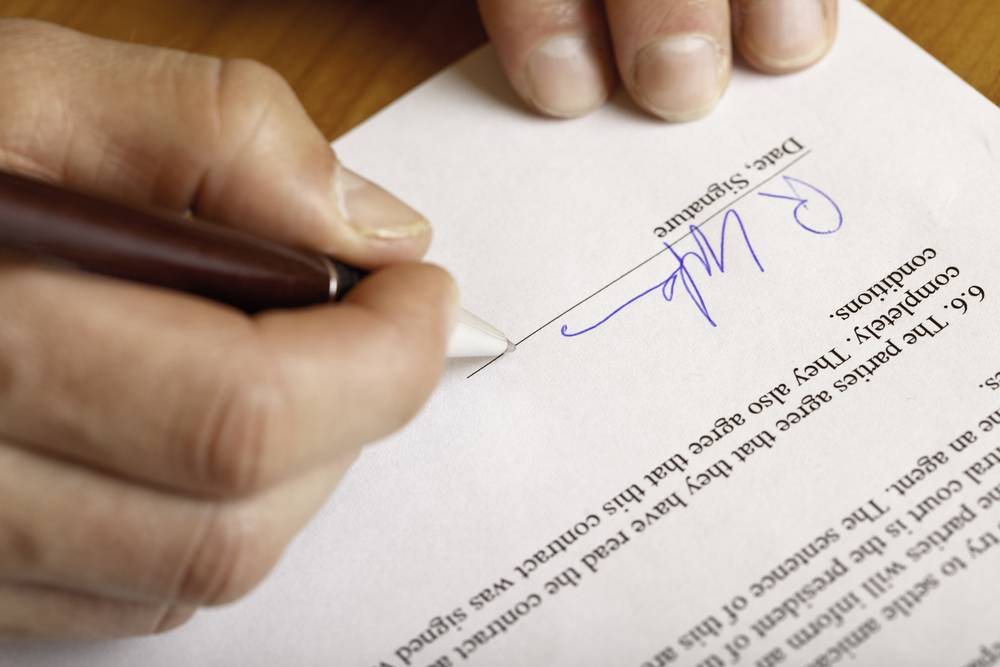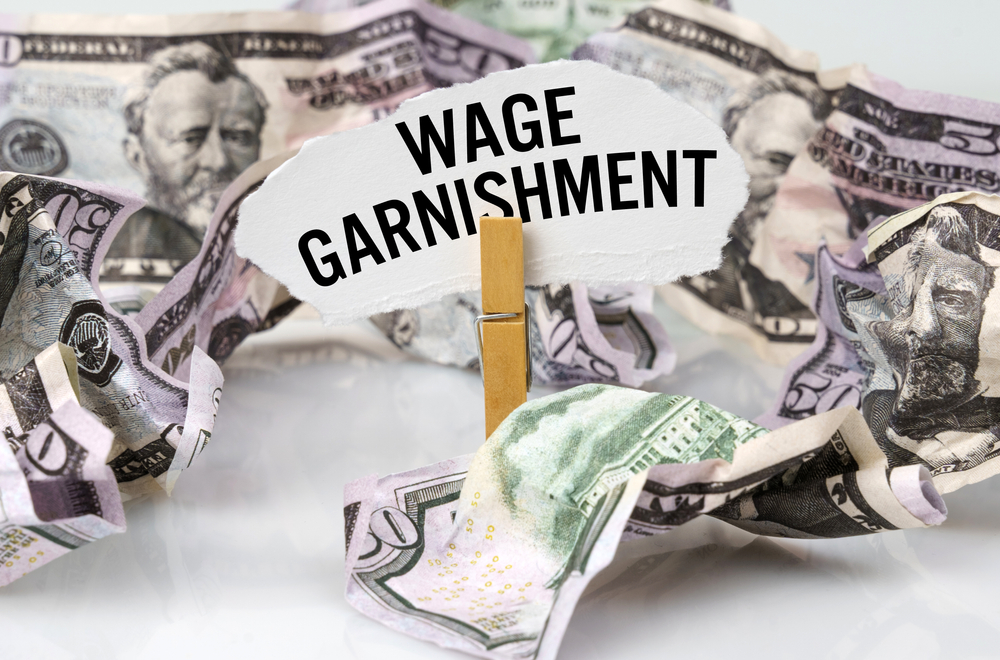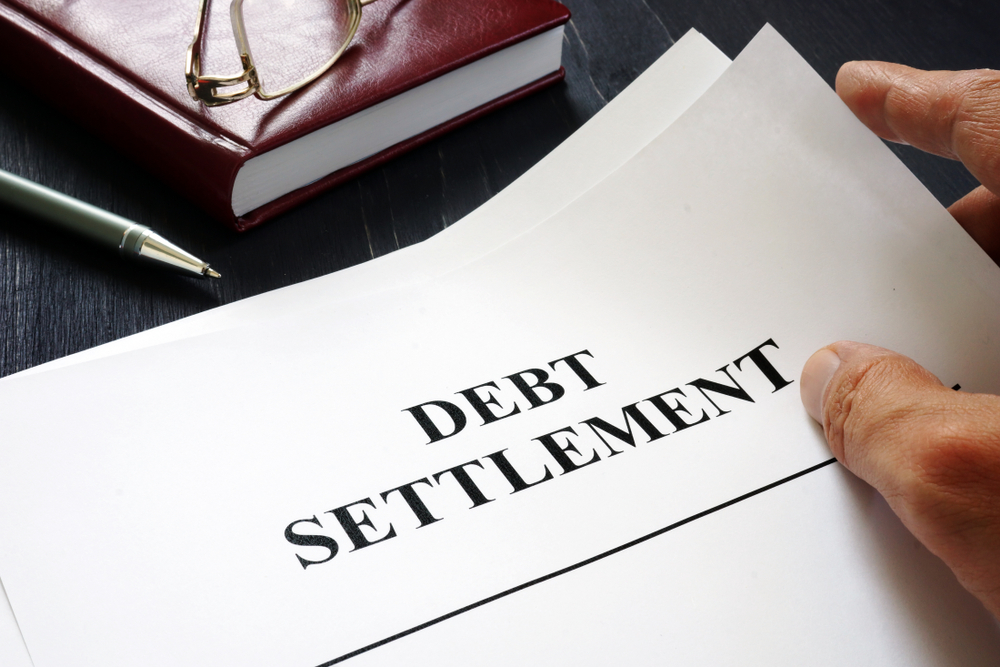Filing for bankruptcy is a significant financial decision, and making mistakes in the process can have serious consequences. So, what are the common mistakes to avoid when filing for bankruptcy in California?
The most common mistakes include transferring assets before filing, taking on new debt, cashing out retirement funds, failing to disclose financial details, and waiting too long to file. Avoiding these missteps can protect your case and maximize your financial relief.
With decades of experience guiding Californians through bankruptcy, I’ve helped countless individuals successfully resolve their debts while protecting their assets. Let’s explore the most critical mistakes you should avoid when filing for bankruptcy in California.
Continue reading “What Are the Common Mistakes to Avoid When Filing for Bankruptcy in California?”






